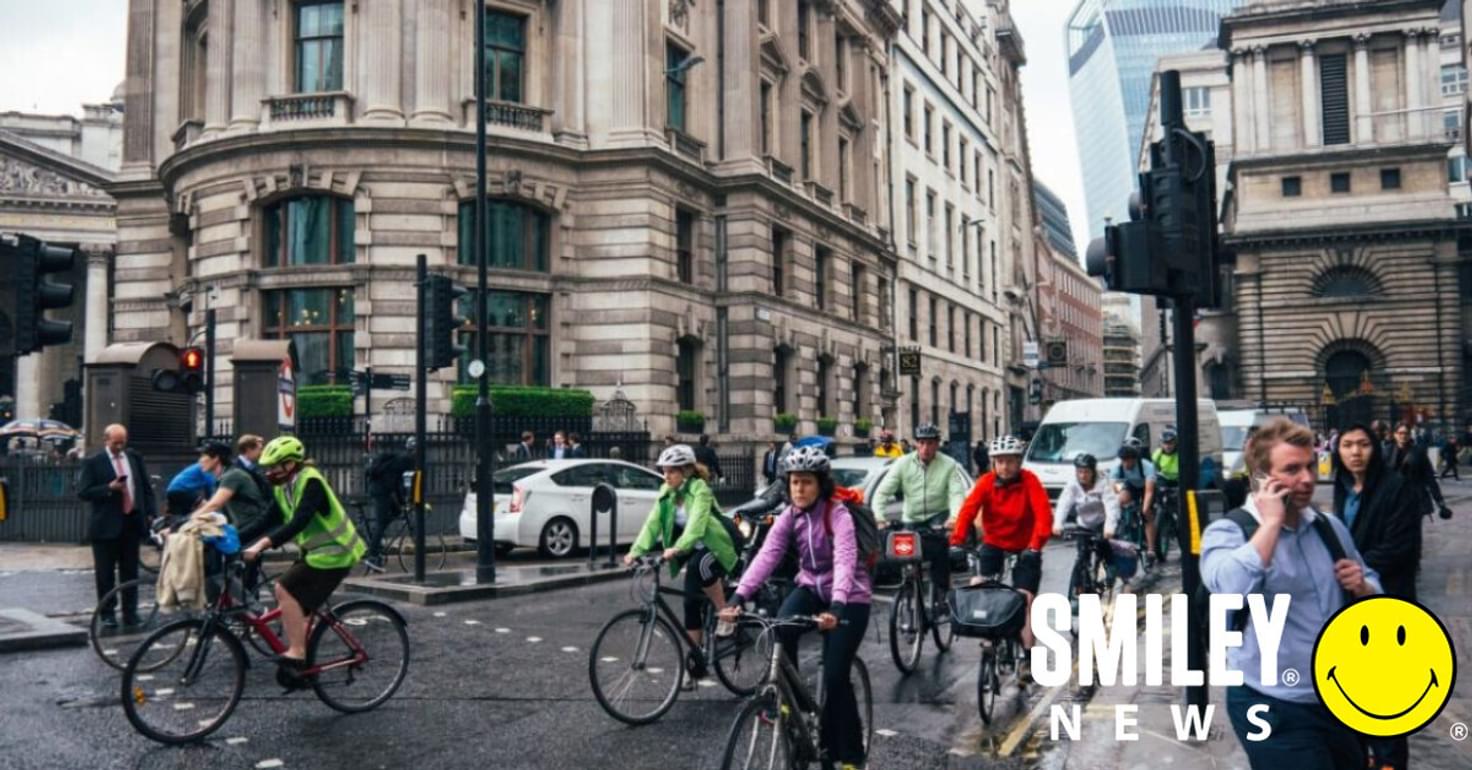
Words by Smiley Team
A street in the Barbican area of central London is set to become the UK’s first zero-emission street, the City of London Corporation has announced this week.
From Spring 2020 the road is expected to only be open to zero-emission vehicles, bicycles, and pedestrians through Beech Street, one of the area's main thoroughfares.
The street normally experiences a high level of air pollution because it is mostly enclosed in a tunnel running under the Barbican Estate. Cyclists and pedestrians travel alongside cars through the tunnel, breathing in fumes.
Working with Transport for London, the City said a temporary traffic order will be placed and the impact of the decision on air quality will be monitored, adding that it expects to see “a significant improvement on air quality” resulting in health benefits for those who use the street.
Emergency vehicles, refuse collection, and delivery vehicles will still be able to drive through as an exception.
The City of London Corporation – not to be confused with the government of the whole of London, but a district within the wider metropolitan area – also said it hopes the effect of the ban will improve the quality of the air around nearby schools. If successful it may become a permanent ban.
“These measures are another important step towards cleaner air in the City. Drastically reducing air pollution requires radical actions, and these plans will help us eliminate toxic air on our streets,” the chair of the environmental committee of the City of London Corporation, Jeremy Simons, said.
He added: “Nobody should have to breathe in dirty air, and we will continue to take bold and ambitious steps to ensure that the health of Londoners is protected."
The scheme is to bring nitrogen dioxide levels on Beech Street in line with air quality guidelines set out by the European Union and the World Health Organisation (WHO).
The UK capital has struggled to keep in line with the recommended acceptable levels of air pollution for some time.
In 2017, London breached annual air pollution limits within just five days of the new year. Since then, action has improved things a bit, but 2 million people are still living with pollution above legal limits, the Guardian reported in April this year.
Meanwhile, it was announced on Tuesday that a fresh inquest would be launched to determine the role of air pollution and monitoring in the death of 9-year-old Londoner Ella Kissi-Debrah in 2013, who suffered a fatal asthma attack.
A 2018 report by Prof. Stephen Holgate found air pollution levels at the Catford monitoring station — one mile from Ella’s home — “consistently” exceeded lawful EU limits during the three years prior to her death.
Original article by Helen Lock- Source Global Citizen
Photo by Tomek Baginski on Unsplash
To find out more about the European Union and the World Health Organisation (WHO) and ways to get involved, go to their website.